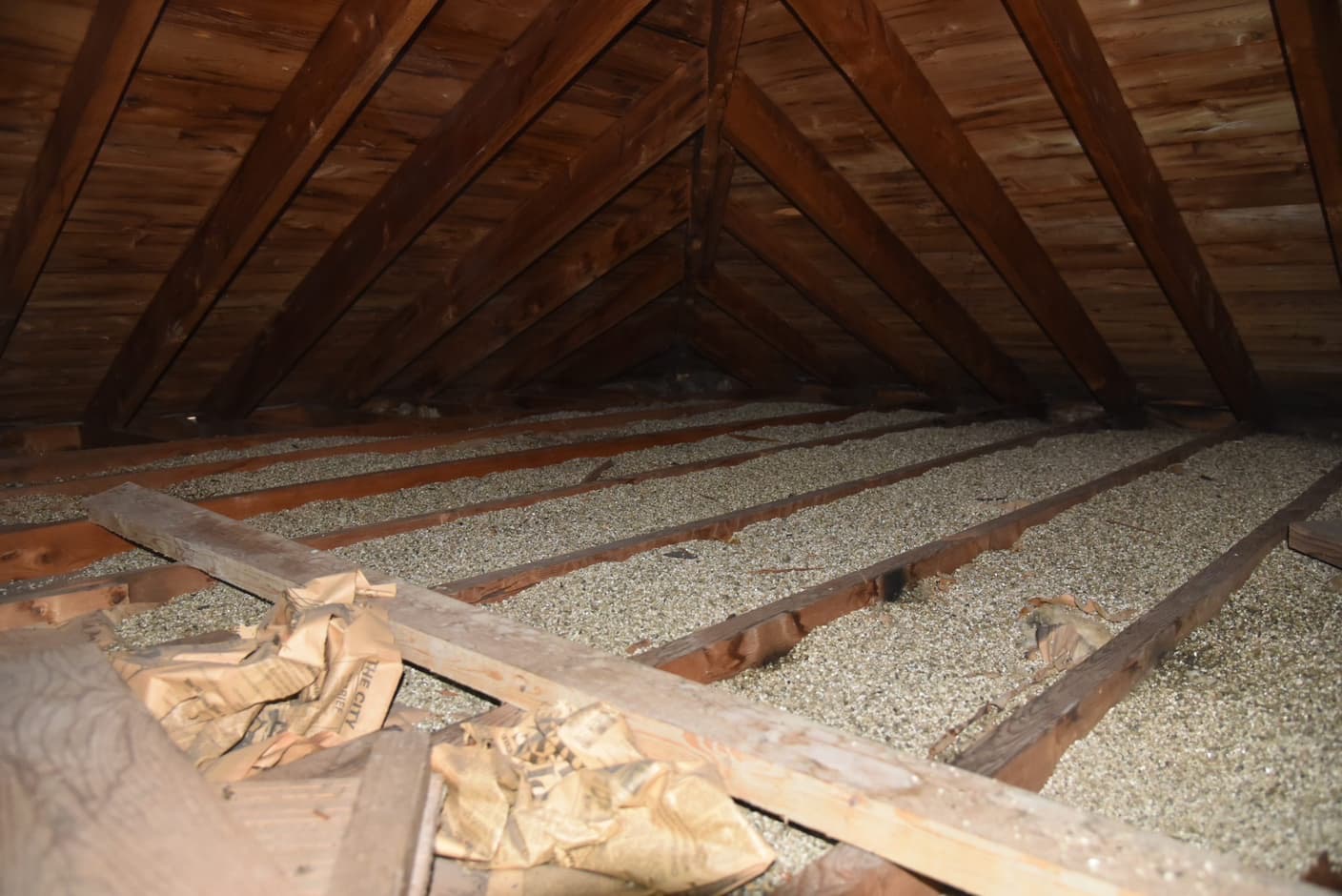

Articles
How To Remove Vermiculite From Attic
Modified: February 23, 2024
Learn effective methods and techniques for safely removing vermiculite insulation from your attic in this informative articles. Protect your home and family from potential health hazards.
(Many of the links in this article redirect to a specific reviewed product. Your purchase of these products through affiliate links helps to generate commission for Storables.com, at no extra cost. Learn more)
Introduction
Welcome to our comprehensive guide on how to remove vermiculite from your attic. If you have noticed the presence of vermiculite insulation in your attic, it is important to take the necessary steps to remove it safely and efficiently. Vermiculite insulation, commonly used in homes built before 1990, may contain asbestos fibers, which can be a health hazard if disturbed.
In this article, we will provide you with a step-by-step process for removing vermiculite from your attic. We will also discuss safety precautions, necessary materials, proper disposal methods, and how to clean and restore your attic once the vermiculite has been removed. It’s vital to approach this task with caution and follow the recommended guidelines to protect yourself and your family.
Before we dive into the details, let’s start by understanding what vermiculite is and why it can be a cause for concern.
Key Takeaways:
- Safely removing vermiculite from your attic involves prioritizing safety, gathering necessary materials, clearing the space, and following proper disposal methods to create a healthier living environment.
- Prioritize safety, gather materials, clear the space, and follow proper disposal methods to safely remove vermiculite from your attic and create a healthier living environment.
Read more: How To Remove Vermiculite Attic Insulation
Understanding Vermiculite
Vermiculite is a naturally occurring mineral that is often used in building insulation due to its lightweight and fire-resistant properties. It is commonly found in homes built before 1990, as it was widely used as insulation during that time. Vermiculite insulation is composed of pebble-like, expanded vermiculite ore that is typically gray-brown or silver-gold in color.
One important thing to note is that some vermiculite insulation, specifically the product sold under the brand name “Zonolite,” may contain asbestos fibers. Asbestos is a known carcinogen and can cause serious health issues if inhaled. Therefore, it is crucial to take precautions when dealing with any vermiculite insulation, as it may pose a risk of asbestos contamination.
While it is not possible to determine if vermiculite insulation contains asbestos just by looking at it, it is recommended to assume that it does contain asbestos and take the appropriate safety measures during removal. This is especially important if the vermiculite has been disturbed or if you are planning any renovations or repairs that may disturb the insulation.
Now that we have a better understanding of what vermiculite is and the potential risks associated with it, let’s move on to the necessary safety precautions to ensure a safe removal process.
Safety Precautions
Before starting the process of removing vermiculite from your attic, it is essential to prioritize safety. As mentioned earlier, some types of vermiculite insulation may contain asbestos fibers, which can be harmful if released into the air and inhaled. Follow these safety precautions to protect yourself and minimize the risk of exposure:
- Wear protective clothing: Put on disposable coveralls, shoe covers, gloves, and a respirator mask fitted with a high-efficiency particulate air (HEPA) filter. These items will help prevent inhalation and contact with any potentially harmful particles.
- Isolate the work area: Seal off the attic space to prevent the spread of fine dust particles. Cover any vents, ducts, or gaps with plastic sheeting and secure it with tape.
- Notify others: Inform family members and any workers or contractors about the vermiculite removal process. Advise them to stay away from the work area until it is deemed safe.
- Avoid disturbing the insulation: Minimize any disturbances to the vermiculite insulation as much as possible. This means avoiding walking or standing directly on it and using caution when handling any objects in the attic.
- Properly dispose of contaminated materials: Any materials that come into contact with vermiculite should be treated as potentially contaminated. Bag the materials securely in heavy-duty plastic bags and label them accordingly for proper disposal.
It is crucial to follow these safety precautions to protect yourself and others from potential asbestos exposure. If you are unsure about how to proceed or have concerns about your safety, it is recommended to consult with a professional asbestos abatement contractor.
Now that we have covered the necessary safety precautions, let’s move on to gathering the materials you will need for vermiculite removal.
Gathering the Necessary Materials
Before you begin the vermiculite removal process, it is crucial to gather all the necessary materials. Having the right tools and equipment on hand will help ensure a smooth and efficient removal process. Here are the materials you will need:
- Protective gear: As mentioned earlier, wearing proper protective clothing is essential. This includes disposable coveralls, shoe covers, gloves, and a respirator mask fitted with a HEPA filter.
- Disposable plastic bags: You will need heavy-duty plastic bags to securely dispose of any contaminated materials.
- Tape: Use duct tape or another strong adhesive tape to seal plastic sheeting and secure the bags.
- Plastic sheeting: Cover any vents, ducts, or gaps in the attic with plastic sheeting to prevent the spread of dust particles.
- Vacuum cleaner with HEPA filter: A vacuum cleaner with a HEPA filter is essential for cleaning up any loose vermiculite particles after removal.
- Spray bottle with water: Mist the vermiculite insulation with water before removal to minimize the release of dust particles.
- Flashlight or headlamp: Adequate lighting is essential for a thorough inspection of the attic and to ensure safe removal.
Once you have gathered all the necessary materials, double-check to ensure that everything is in proper working condition. It is important not to overlook any items as they are essential for a safe and effective vermiculite removal process.
Now that you have all the materials required let’s move on to the next step – clearing the attic space.
Clearing the Attic Space
Before you can begin removing the vermiculite insulation, it is important to clear the attic space of any obstacles or debris. This will ensure easier access and minimize the risk of accidents during the removal process. Follow these steps to clear the attic space:
- Remove stored items: If your attic is used for storage, remove any items that may interfere with the vermiculite removal process. Clearing the space will provide better visibility and maneuverability.
- Secure loose wiring: Check for any loose or exposed wiring in the attic. Safely secure or repair any wires to prevent the risk of electrical hazards.
- Inspect for pest infestations: Look for signs of pest infestations, such as droppings, nests, or damage. If necessary, address the pest issue before continuing with the removal process.
- Clean the attic floor: Sweep or vacuum the attic floor to remove any loose debris or dirt. This will make it easier to spot and collect the vermiculite insulation during removal.
- Ensure proper lighting: Make sure the attic is well-lit by using a flashlight or headlamp. Adequate lighting is essential to identify the vermiculite insulation and work safely.
By clearing the attic space, you create a safer and more manageable environment for removing the vermiculite insulation. Once the attic is cleared, you are ready to tackle the next step – removing the vermiculite.
When removing vermiculite from the attic, it’s important to wear protective gear such as a mask and gloves to avoid inhaling or touching the potentially harmful asbestos fibers. It’s also recommended to hire a professional for safe removal.
Read more: How To Remove Mold From Attic
Removing the Vermiculite
Now that the attic space is cleared, it’s time to proceed with the removal of the vermiculite insulation. Follow these steps to ensure a safe and thorough removal process:
- Put on protective gear: Before entering the attic, don your disposable coveralls, shoe covers, gloves, and a respirator mask fitted with a HEPA filter to protect yourself from potential asbestos exposure.
- Mist the vermiculite insulation: Using a spray bottle filled with water, lightly mist the vermiculite insulation. This helps minimize the release of dust particles during the removal process.
- Work in small sections: Divide the attic into manageable sections, focusing on one area at a time. This allows you to maintain better control and prevents the spread of vermiculite to unaffected areas.
- Carefully remove the vermiculite: Use gloved hands or a small shovel to gently scoop up the vermiculite insulation. Place it directly into heavy-duty plastic bags, keeping them tightly sealed to contain any potential asbestos fibers.
- Avoid aggressive actions: It is essential to handle the vermiculite insulation with care to avoid releasing dust particles. Avoid aggressive actions, such as stomping or crushing the insulation.
- Minimize agitation: To prevent the spread of any potential asbestos fibers, avoid excessive agitation of the vermiculite insulation. Take your time and work methodically.
- Continuously wet the vermiculite: As you progress through the removal process, continue misting the vermiculite insulation with water to reduce the risk of airborne particles.
- Double bag the waste: Once a bag is filled with vermiculite insulation, securely seal it to prevent any contamination. Place the sealed bag inside another heavy-duty plastic bag for added protection.
Remember to work cautiously and slowly throughout the vermiculite removal process, prioritizing your safety. If you feel unsure or overwhelmed, it is always better to seek professional assistance from an asbestos abatement contractor.
Now that you have successfully removed the vermiculite insulation, the next step is to ensure proper disposal of the contaminated materials.
Proper Disposal Methods
Disposing of the vermiculite insulation and any other materials that have come into contact with it requires following proper disposal methods to avoid further contamination and potential health risks. Here are the steps to ensure the proper disposal of the contaminated materials:
- Double bag the waste: As mentioned earlier, securely seal the bags containing the vermiculite insulation. Place the sealed bags inside another heavy-duty plastic bag to provide an extra layer of protection.
- Label the bags: Clearly label the bags as “Asbestos Waste” to inform waste management professionals about the potential hazard.
- Contact local authorities: Check with your local waste management or environmental agency to inquire about their regulations and guidelines for asbestos waste disposal.
- Hire a licensed asbestos disposal contractor: In some areas, it is mandatory to use a licensed asbestos disposal contractor to ensure the safe and proper handling of the waste. They will transport the bags to an approved disposal facility.
- Do not dispose of the waste in regular trash: It is essential to avoid placing the asbestos-containing waste in regular household trash bins. This can result in the spread of asbestos fibers and contamination.
Following these proper disposal methods will help minimize the potential risks associated with the vermiculite insulation. Be sure to educate yourself about the regulations and requirements specific to your region, as they may vary.
Now that you have taken care of the proper disposal, the final step is to clean and restore the attic space.
Cleaning and Restoring the Attic
Once the vermiculite insulation has been safely removed and the contaminated materials properly disposed of, it is time to clean and restore your attic space. Follow these steps to ensure a thorough cleaning and a successful restoration:
- Thoroughly vacuum the attic: Use a vacuum cleaner equipped with a HEPA filter to thoroughly clean the attic space. Pay close attention to any areas where vermiculite may have fallen or settled.
- Wipe down surfaces: Use a damp cloth or sponge to wipe down surfaces in the attic, including walls, beams, and other exposed areas, to remove any remaining dust or debris.
- Inspect for any residual vermiculite: Carefully inspect the attic to ensure that no traces of vermiculite insulation or dust particles remain. If you come across any, carefully remove and dispose of them following the proper methods.
- Repair any damage: Check the attic for any damage that may have occurred during the vermiculite removal process. Repair or replace any insulation, wiring, or structural elements as needed.
- Improve insulation: Consider adding new, safe insulation materials to improve energy efficiency and comfort in your home. Consult with insulation professionals to determine the best insulation option for your attic.
- Seal air leaks: Inspect and seal any air leaks in the attic to prevent heat loss, drafts, and energy inefficiency. Focus on areas such as gaps around pipes, vents, and ducts.
- Ensure proper ventilation: Adequate ventilation is crucial to maintain a healthy attic environment. Check and repair any ventilation systems to promote air circulation and prevent moisture buildup.
- Reorganize storage, if applicable: If you use the attic for storage, take the opportunity to reorganize and declutter the space. Install shelves or storage units to keep items organized and maximize the usability of the area.
By following these cleaning and restoration steps, you can transform your attic into a clean, safe, and functional space once again.
Congratulations! You have successfully removed the vermiculite insulation, disposed of the waste properly, and restored your attic. Remember, if you are unsure about any step of the process, it is always recommended to consult with professionals who specialize in asbestos removal and attic restoration.
Asbestos removal and handling can be a complex and potentially hazardous task. Prioritize your safety and follow the recommended guidelines to protect yourself, your family, and anyone who may enter the attic in the future.
By taking care of the vermiculite insulation in your attic, you have made a significant step towards creating a healthier and safer living space for everyone.
Now sit back, relax, and enjoy the peace of mind that comes with a vermiculite-free attic!
Conclusion
Removing vermiculite insulation from your attic is a crucial step in ensuring the safety and well-being of your home and family. The presence of vermiculite, especially if it contains asbestos fibers, can pose serious health risks if left undisturbed or improperly handled.
In this comprehensive guide, we have provided you with step-by-step instructions to safely remove the vermiculite from your attic. From understanding what vermiculite is and the potential risks associated with it, to taking the necessary safety precautions, gathering the right materials, and properly disposing of the contaminated waste, we’ve covered it all.
Clearing the attic space, removing the vermiculite insulation, and thorough cleaning and restoration are essential steps. By following these guidelines, you not only eliminate potential health hazards but also create a healthier and more comfortable living environment.
We cannot stress enough the importance of prioritizing your safety during the vermiculite removal process. Wearing the appropriate protective gear, minimizing disturbances to the insulation, and following proper disposal methods are key to reducing the risk of asbestos exposure.
If you feel uncertain or overwhelmed, it is highly recommended to seek professional assistance from asbestos abatement contractors who specialize in vermiculite removal.
Remember, the health and well-being of your loved ones are paramount. By taking the necessary steps to remove vermiculite from your attic, you are ensuring a safer and healthier home for years to come.
Now that you have the knowledge and understanding, it’s time to embark on the journey of vermiculite removal. Stay safe, stay vigilant, and enjoy the peace of mind that comes with a vermiculite-free attic!
Frequently Asked Questions about How To Remove Vermiculite From Attic
Was this page helpful?
At Storables.com, we guarantee accurate and reliable information. Our content, validated by Expert Board Contributors, is crafted following stringent Editorial Policies. We're committed to providing you with well-researched, expert-backed insights for all your informational needs.
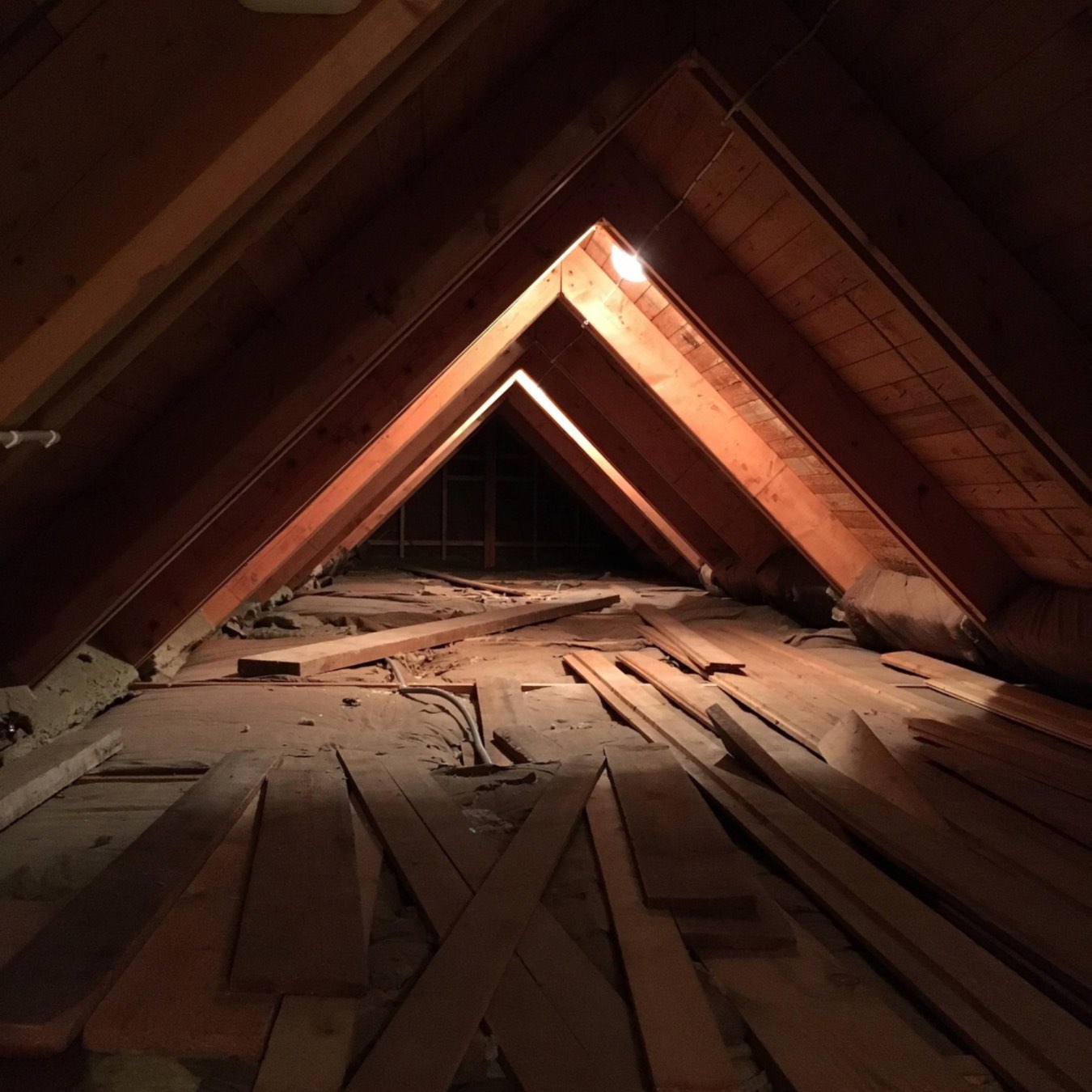
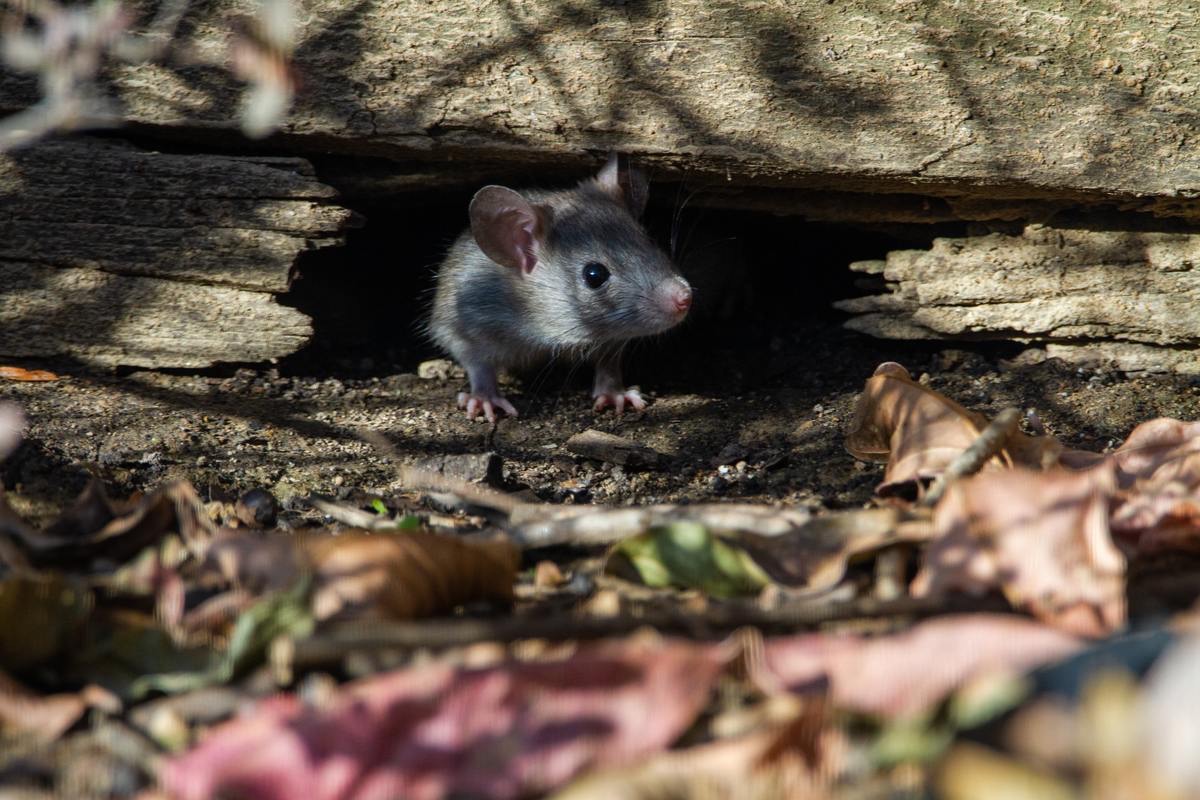
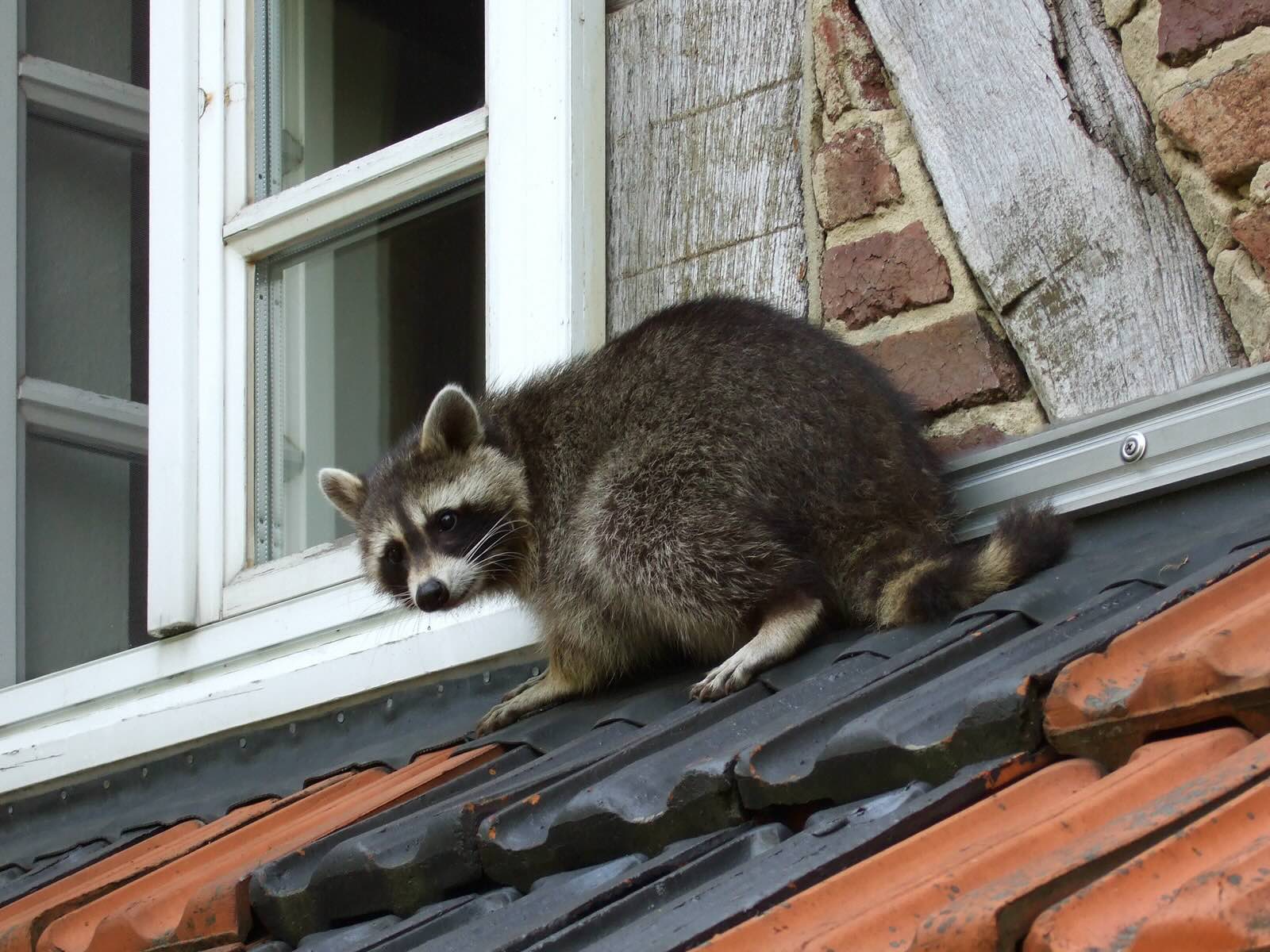
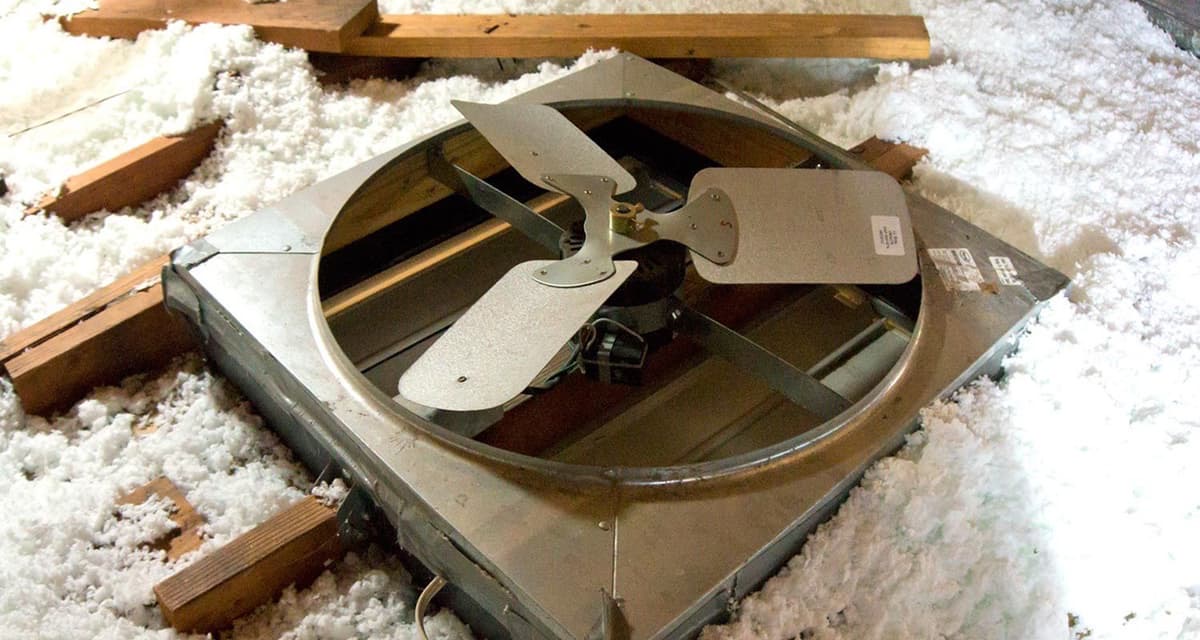
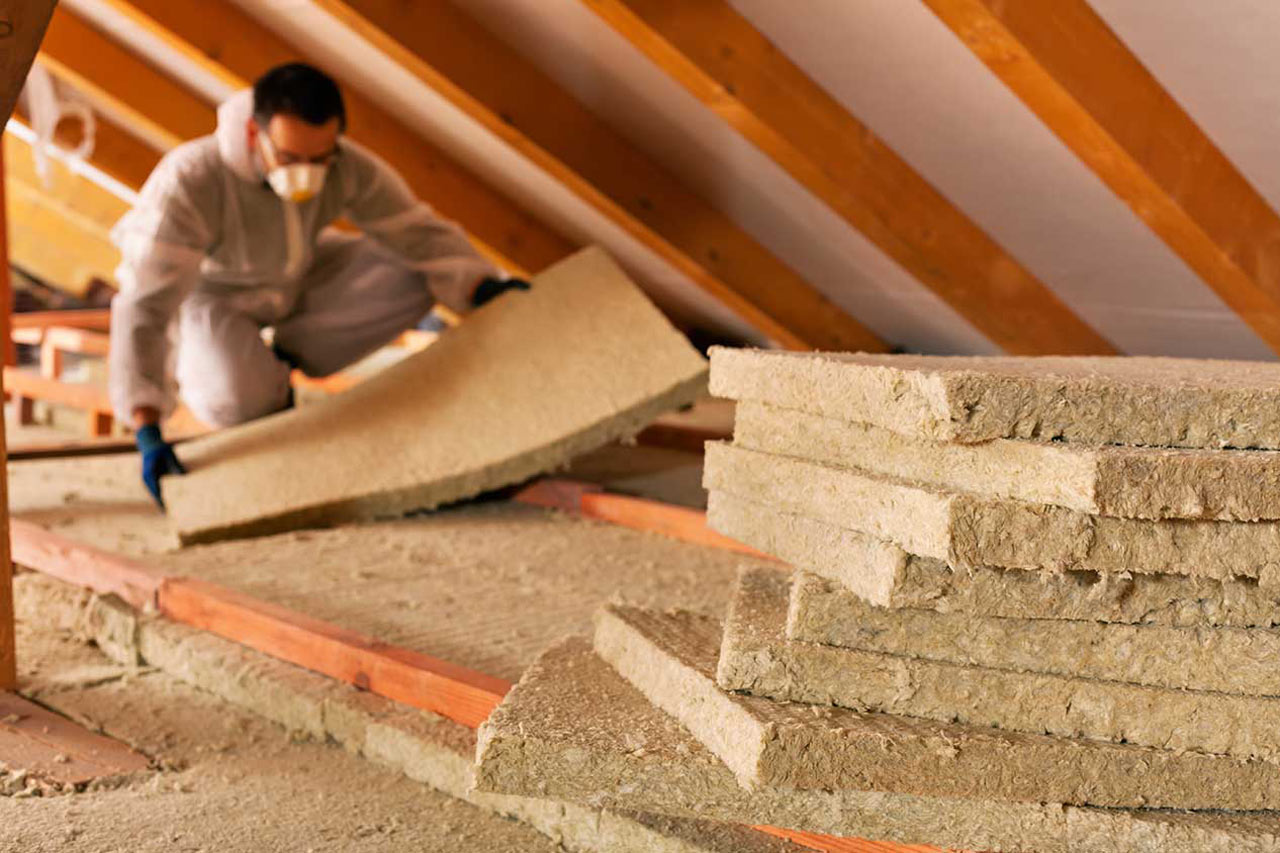
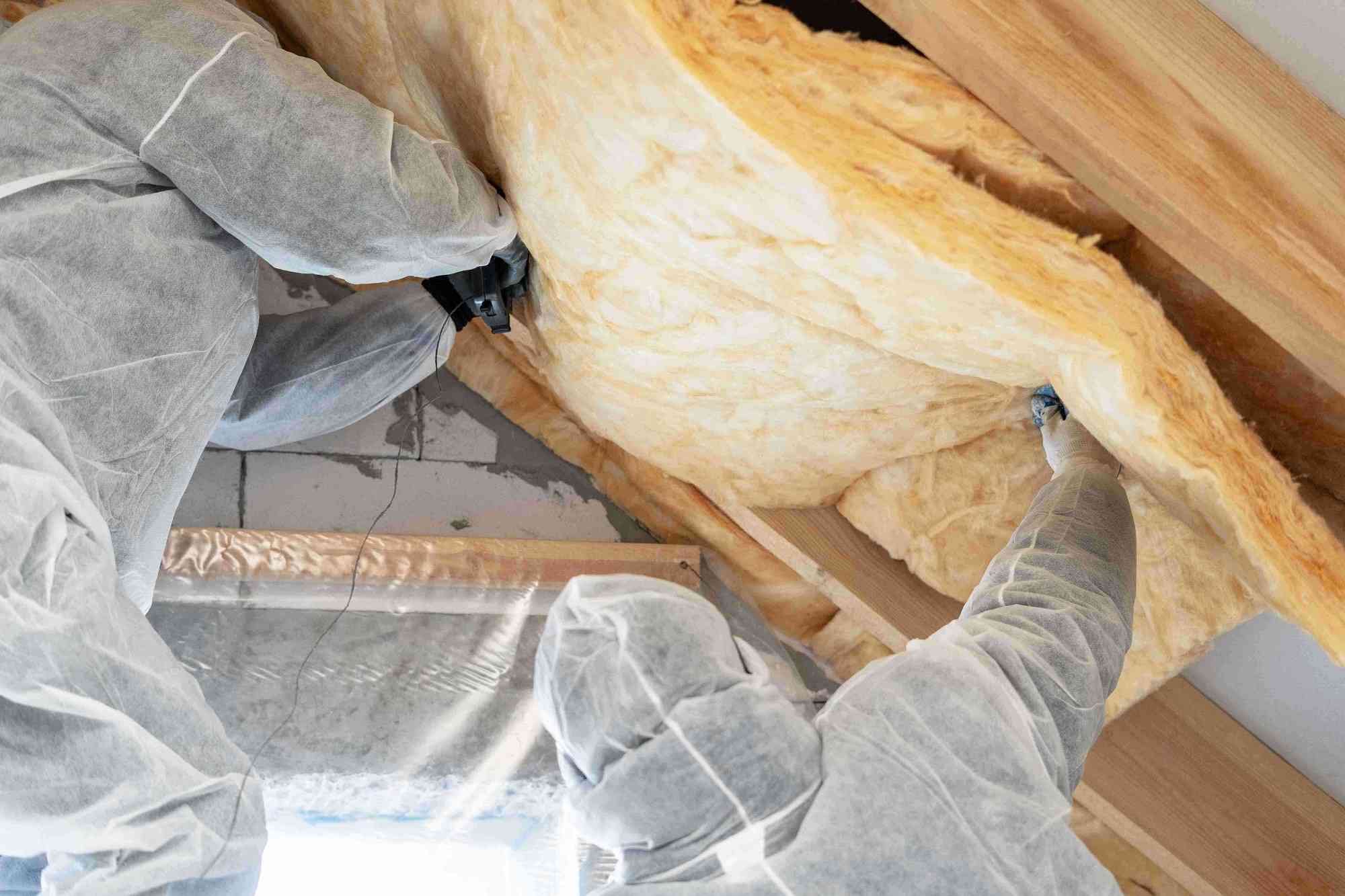


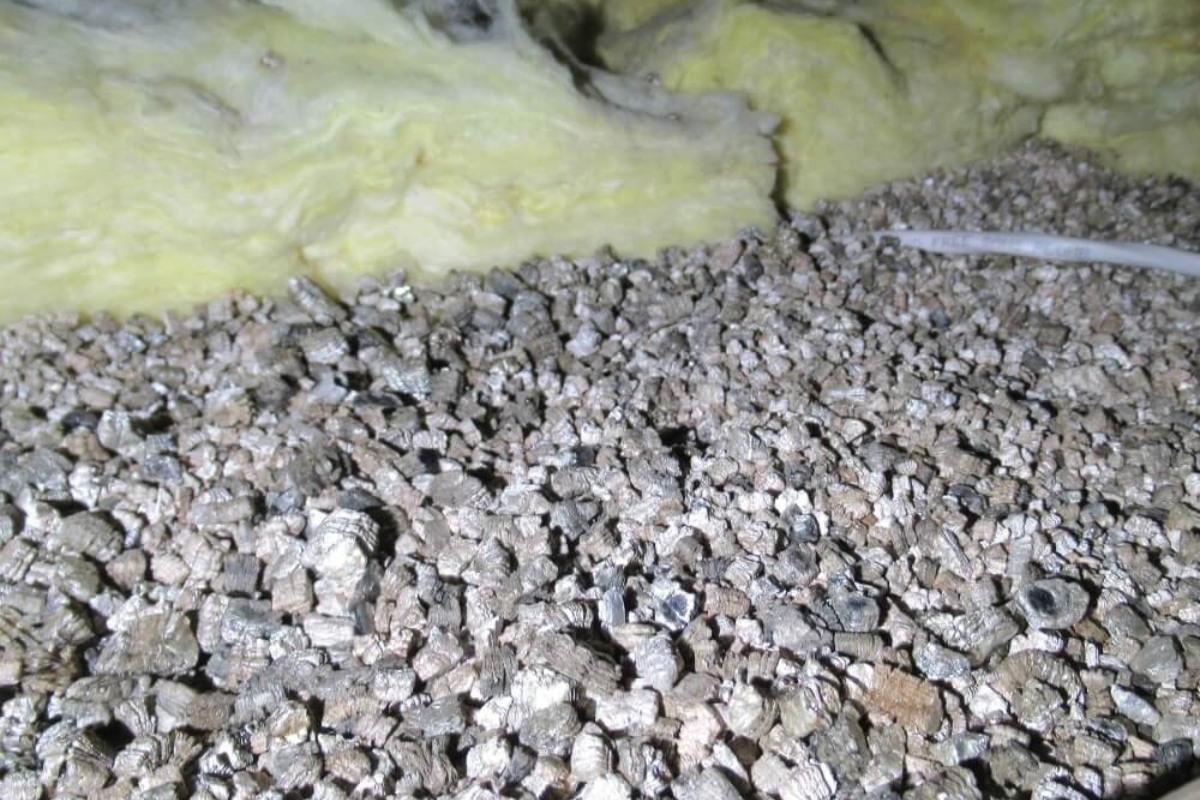
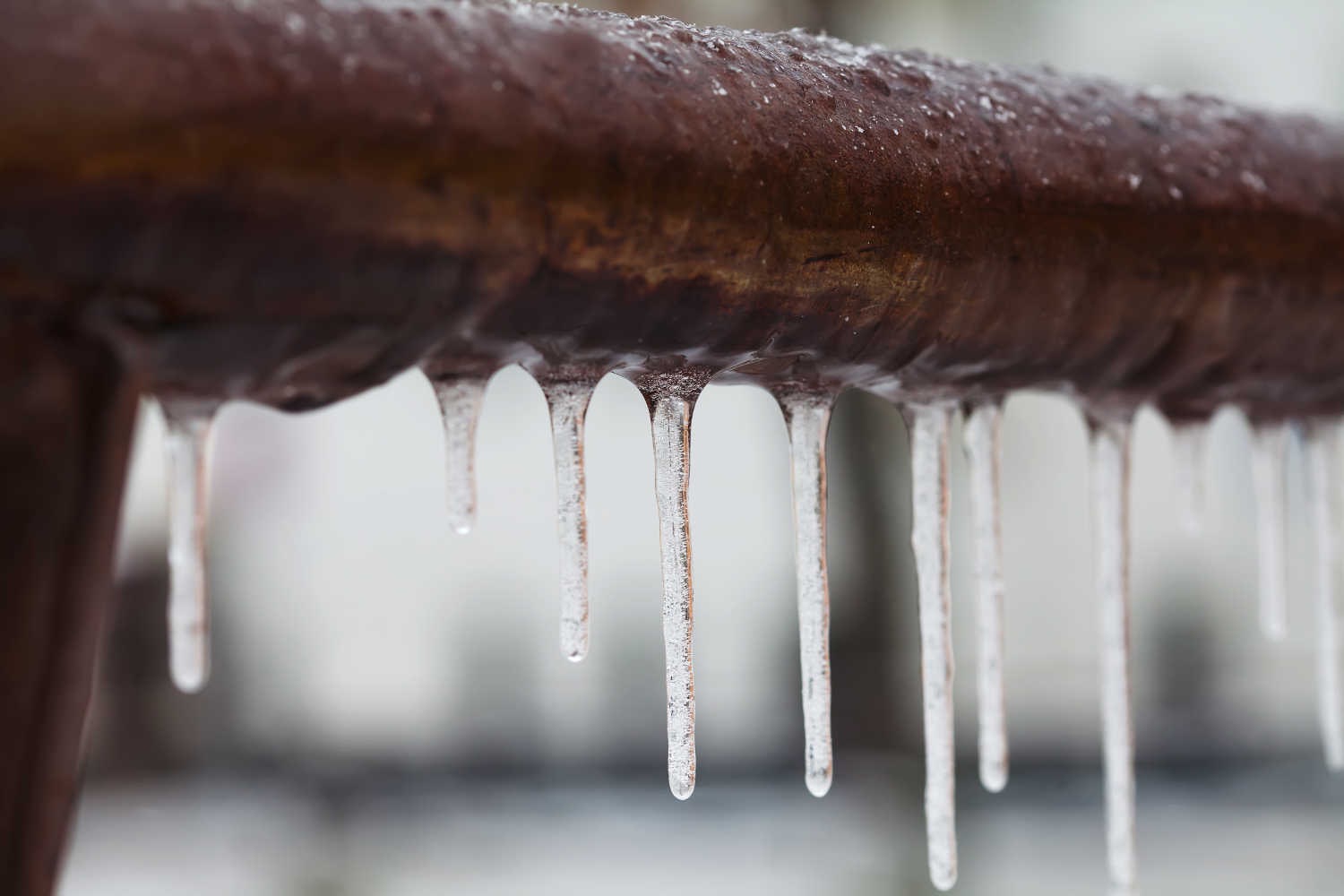
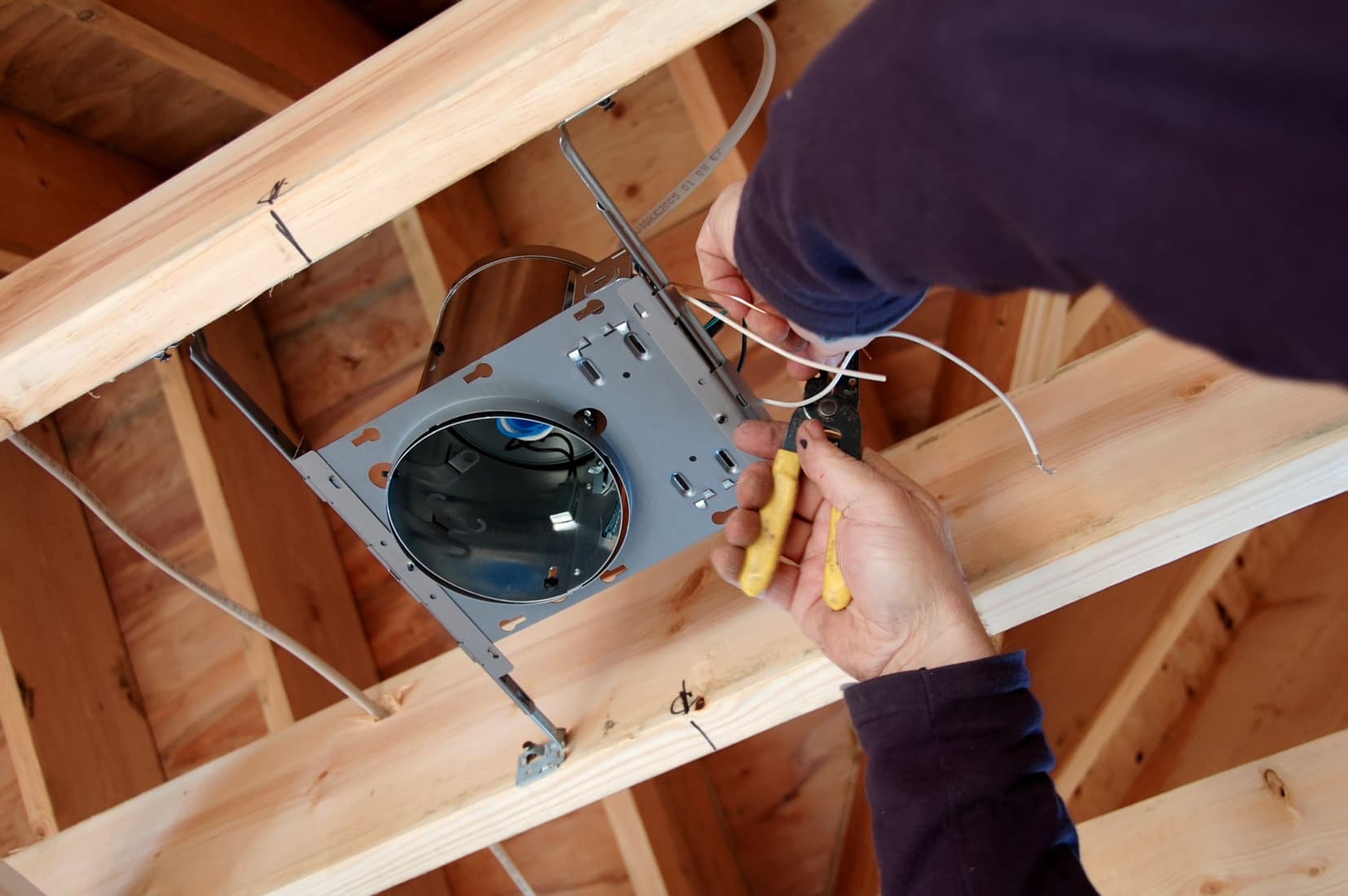
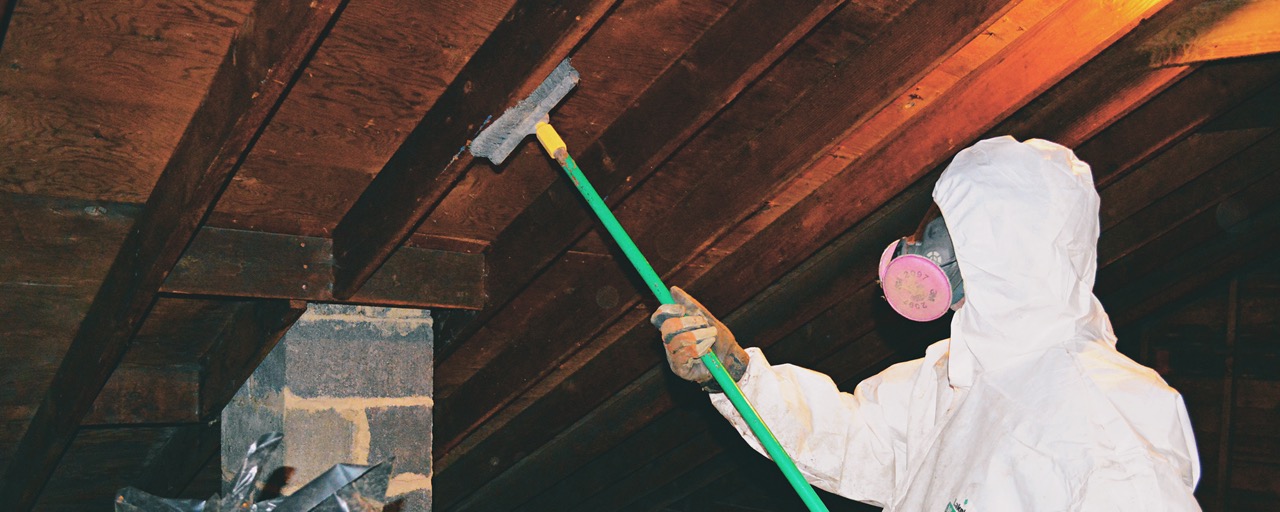
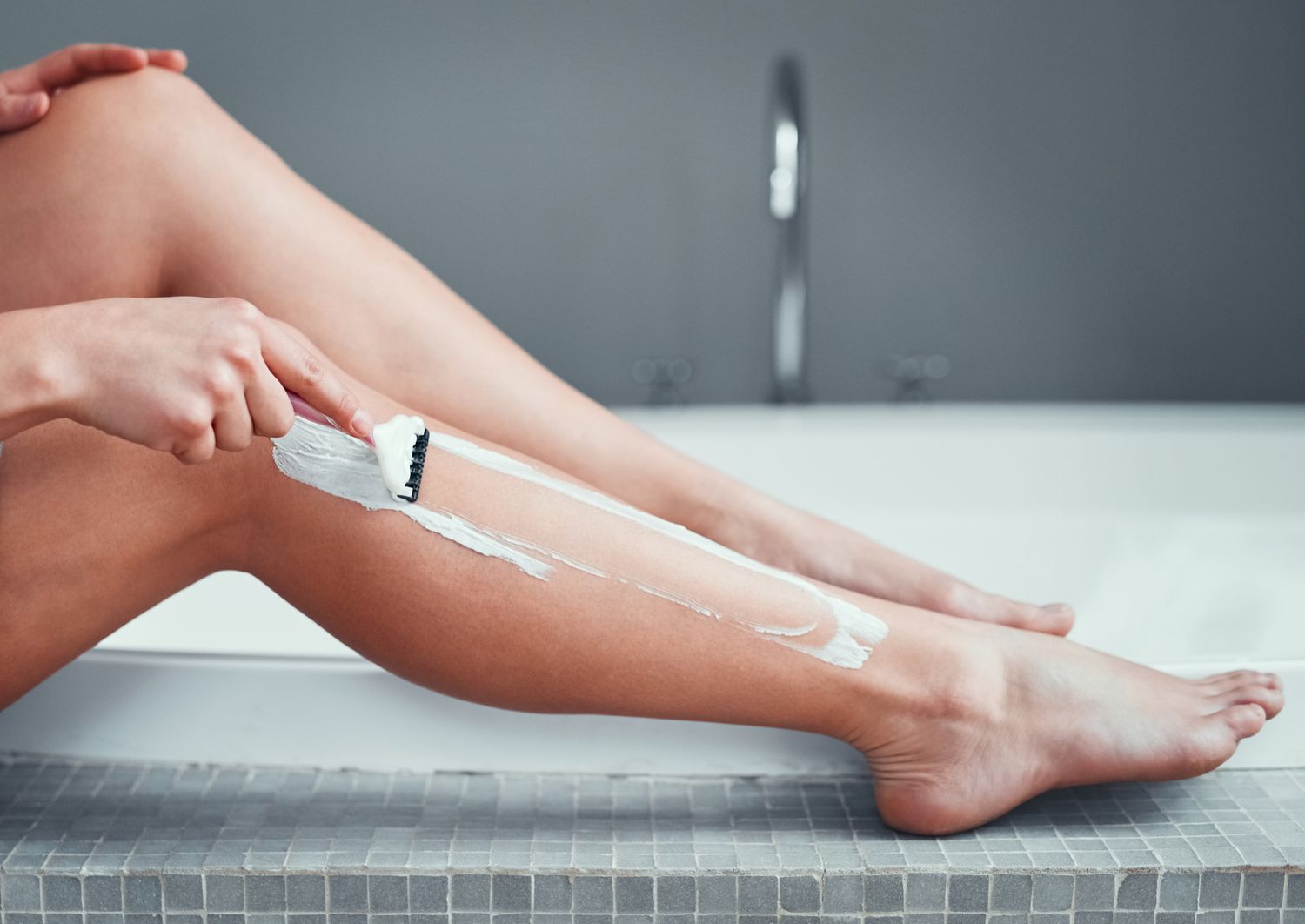
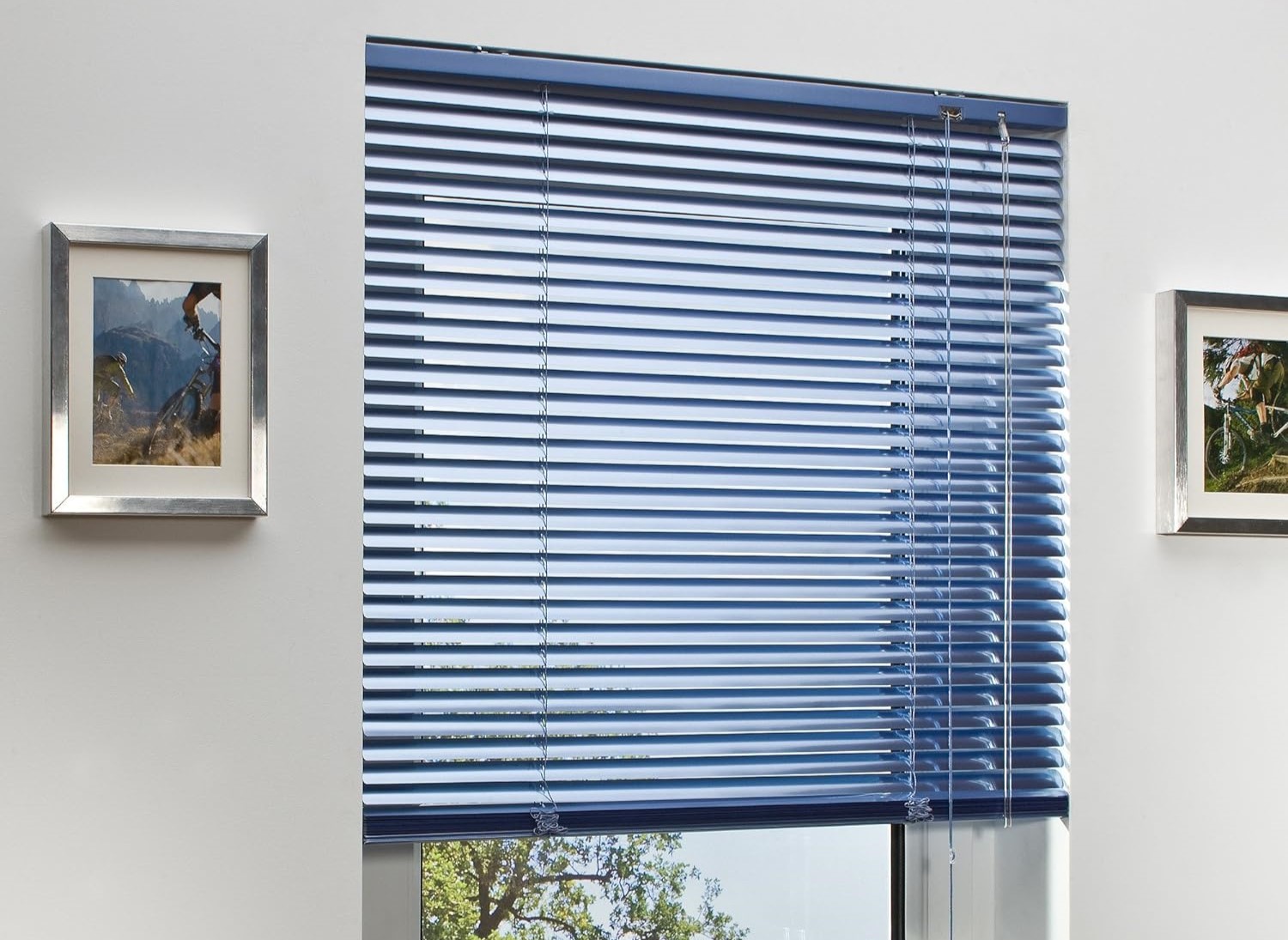

0 thoughts on “How To Remove Vermiculite From Attic”